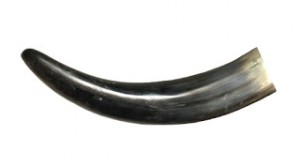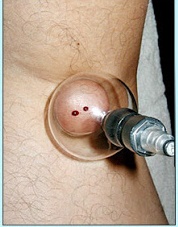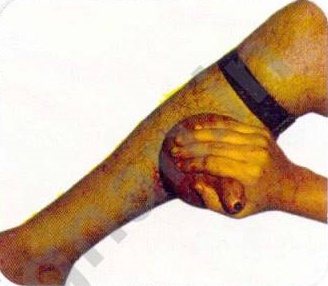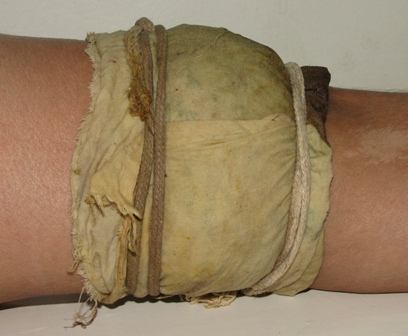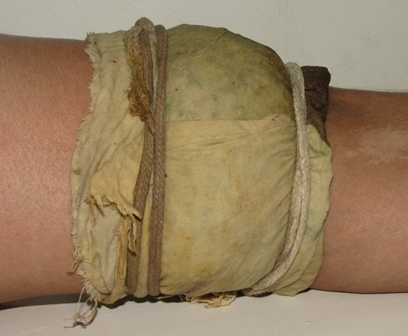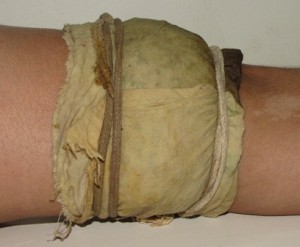In this Procedure, blood letting is done by using Srnga(Cow Horn shaped material). This method of Raktamokshana(Blood Letting) is done in Blood Vitiated with Vata.(Vata Dushta Rakta).
Indications:- Vata Dushta Rakta, Avagad’ha tama dushta Rakta in Twak, Sukumara Pusrusha, Kandu(Itching), Suptata(Numbness), Sparsanasa.
It is used in Vata predominant rakta dushti since Srnga is having properties like Snigdada,Ushna, Madhura
Srnga Dimension:- Length 7 Angula, Moolabhaga Angushta Samana, Agrabhaga – Mudga Samana
Procedure:-
Pracchana(Pricking) should be done at the region where blood letting should be done.
The Srnga covered with a Cloth at its tip is taken and the Moolabhaga(Small end) kept on the Region where Pracchana is done.
After Keeping the tip in the pricked area, the Other end of the Srnga is sucked using mouth.
This causes Blood Letting., after proper Raktamokshana the Srnga should be removed and the wound should be bandaged using Jatyadi Ghritha.
A person having Mouth Ulcer or Bleeding gums are restricted from sucking blood with Srnga
Modern Technique:-
Now a days instead of Srnga a 5ml Syringe is kept on Pricked area and the Piston of the Syringe is pulled back so that Blood letting will happen


